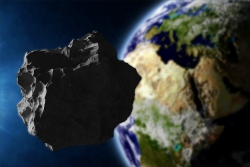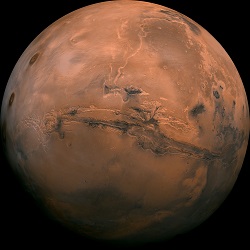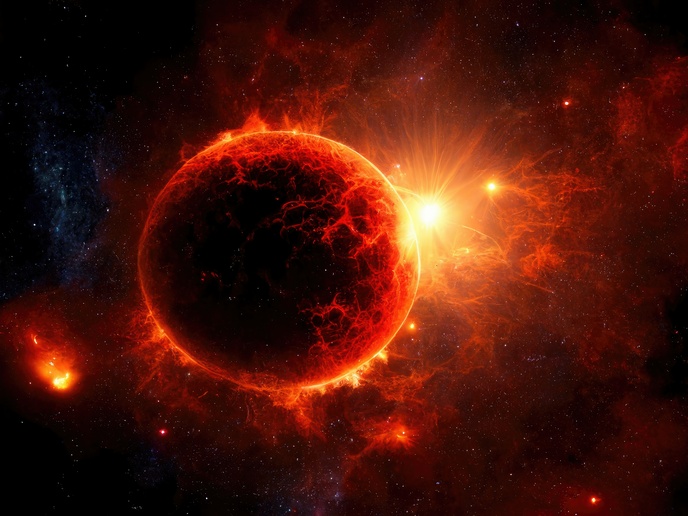European network explores asteroid and space debris threat
Asteroids and space debris represent a significant hazard for space and terrestrial assets. Although an impact with a large asteroid sounds unlikely, it is still not negligible as the case of asteroid Apophis in 2004 showed, causing a brief period of concern that it could impact the Earth after a close encounter with the Earth in the coming years. However, impacts with smaller-sized objects are expected to occur more frequently, as the recent Chelyabinsk event demonstrated, and a collision with space debris is a risk that our space assets experience on a regular basis. The Stardust(opens in new window) (Stardust-The Asteroid and Space Debris Network) project – the first and only network to provide training on space debris and asteroids – was established to address this growing problem. Stardust integrated multiple disciplines, from robotics to applied mathematics and from computational intelligence to astrodynamics, to find practical and effective solutions to the asteroid and space debris issue. Preventing a deep impact Researchers developed new tools to better understand the motion of space objects (satellites and debris) around the Earth. In some cases this motion was found to be chaotic and in resonance with the motion of other bodies, like the Moon. The team considered different orbital regimes: low Earth orbit, medium Earth orbit (MEO) and geosynchronous orbit (GEO), further explaining the potential motion instability of key assets in MEO and GEO. Results are important as they help identifying which orbits are stable and which ones can be used to easily dispose of satellites at the end-of-life. Stardust developed new fast approaches to determine the orbit of asteroids and space debris. These new methods will allow processing very large volumes of observations and better predict possible impact of asteroids with the Earth. Another success was the development of new techniques for detumbling space debris and asteroids. Stardust significantly advanced our understanding of laser ablation for debris removal and asteroid manipulation, demonstrating that this technique offers an effective and versatile solution that in some cases is preferable to other asteroid deflection methods. In addition, Stardust introduced a new technique for detumbling space debris using Eddy currents and demonstrated its effectiveness in real mission scenarios. Stardust offered new insight into the applicability of a range of known deflection method, such as the kinetic impactor and the gravity tractor, providing an understanding on which method is to be preferred given a threatening asteroid. Stardust also developed a novel deflection approach based on nuclear explosions called nuclear cycler. This new approach allows for a controllable and effective deflection of asteroids of medium to large size. Stardust developed new models to assess the risk of a collision with space debris, the atmospheric entry of a space object or the impact with an asteroid. These new models will allow improving the management of space traffic, a major challenge for the future of the space sector, and will help decision makers to take proper actions in the case of a possible impact with an asteroid. Asteroidal assassins The impact of cosmic collisions has been a concern for a long time. However, the field only gained scientific legitimacy over the last few decades after scientists’ pioneering work showing that the extinction of dinosaurs was almost certainly caused by a single strike of a comet or a massive asteroid. It is not new that asteroids and the increasing population of space debris could lead to catastrophic consequences in the near term. ‘The future does not look bright at the moment because there is no concrete action to clean up space, but rather to increase the number of satellites,’ says Professor Vasile Massimiliano from the University of Strathclyde in the United Kingdom. ‘Just consider that there are plans to launch “mega-constellations” of thousands of satellites in the near future. New approaches to space traffic management are required as well as concrete actions to remove space debris and properly dispose of defunct satellites and rocket bodies at the end of life.’ Prof. Massimiliano adds. Deflecting an asteroid once it is detected on an impact course with Earth largely depends on the type of the asteroid, mainly its mass and orbit. Stardust efforts targeted the ability to deflect small-to-medium-sized asteroids, ranging from 100 to 300 m in diameter. In this range, deflection times could take between 1 and 10 years. The observation, manipulation and disposal of space debris and asteroids represent one of the most challenging goals for modern space technology. Continuing the work initiated with Stardust is essential to create viable options to protect the Earth from a collision with an asteroid and to make the utilisation of space sustainable.







